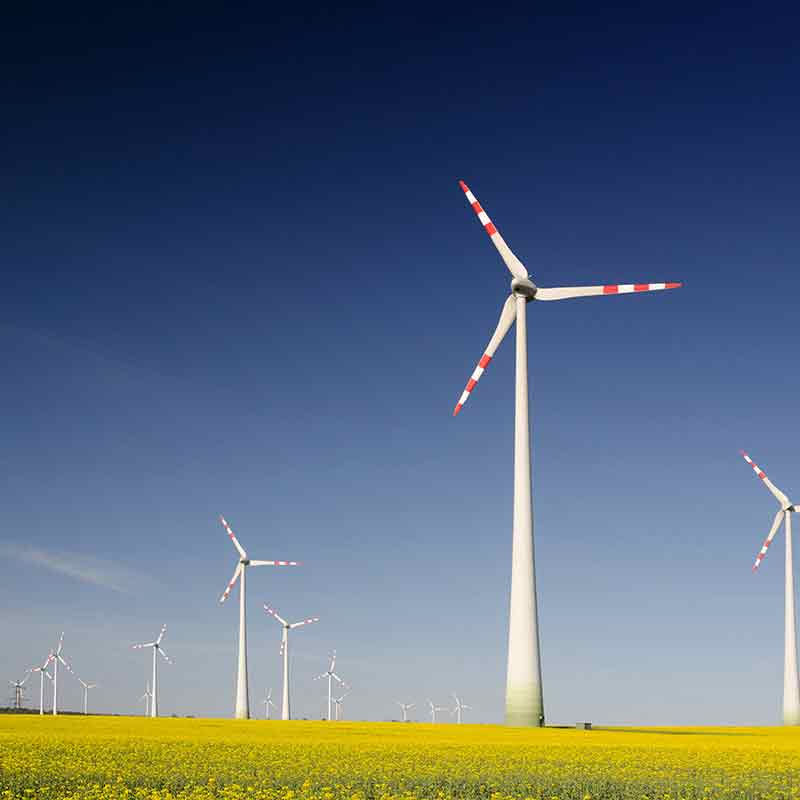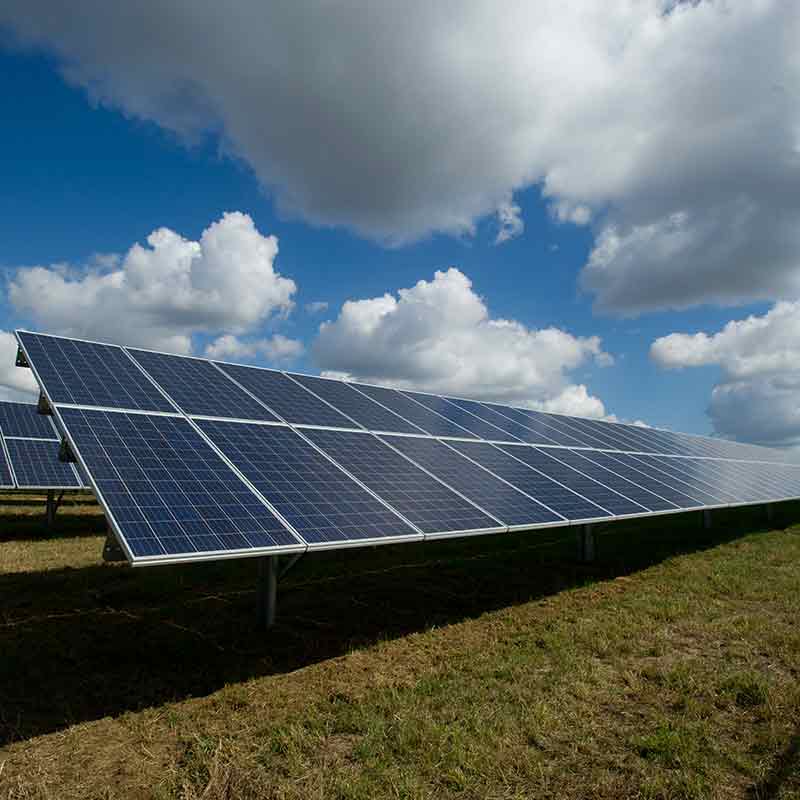Sustainable energy 101: understand the landscape
About this step
When reducing your company’s carbon footprint, there are many stakeholders — both inside and outside of your company — that you may need or want to engage.
Understand the external landscape
The list below is by no means comprehensive, but gives a good overview of key stakeholders in the energy space. They’re a good way to get help, get educated and get connected with experts in this field.
Non-governmental organizations (NGOs)
NGOs are key stakeholders working to create supportive environments for the adoption of sustainable energy practices. They contribute in a number of critical ways including but not limited to: providing timely analysis of economic and political issues that can impact your energy strategy; identifying opportunities to engage with policy makers on adopting more supportive policies for your sustainability efforts; developing tools and resources that translate sustainable energy best practices into step-by-step guidance; and offering programs to support implementation.
Some of the NGOs working in the energy space include:
American Council for an Energy Efficient Economy (ACEEE)
Environmental Defense Fund (EDF+Business)
Rocky Mountain Institute (RMI)
Renewable Energy Buyers Alliance (REBA)
Regional energy efficiency organizations
Industry associations
While industry sectors share common sustainability challenges and opportunities, some industries work together to address additional issues specific to their own sectors. Industry associations are a great forum through which to discuss and develop collaborative guidance and initiatives to tackle sector-specific challenges and opportunities.
Some of the industry associations working in the energy space include:
Retail Industry Leaders Association (RILA)
Sustainable Purchasing Leadership Council (SPLC)
Utilities
In the United States especially, gas and electric utilities can be an important partner in your sustainable energy efforts. Many utilities offer programs, including incentives, to support their customers’ efforts to improve energy efficiency and procure renewable energy resources.
For an overview of utility sustainable energy incentive programs across the U.S., check out the DSIRE database, the most comprehensive source of information on incentives and policies that support renewables and energy efficiency.
Federal and local government
Like the other stakeholders, governments offer programs, including incentives, to support company sustainability efforts. Federal government agencies, in particular, are instrumental in investing resources and facilitating national and international dialogues that help define the best practices that will drive environmental and economic benefits for industry. In addition, policies and regulations implemented at the local and federal level will have direct impacts on company sustainability efforts.
Governmental organizations working in the energy space include:
The U.S. Department of Energy (DOE)
The Environmental Protection Agency (EPA)
State Energy Offices
City energy initiatives


Understanding the internal landscape
In your quest to reduce your energy-related emissions, you’ll need to engage with many stakeholders both inside your organization. While every business’s organizational structure is unique, the chart below provides a high level look at personnel who typically would come into play regarding energy management. In part 2 of this series, Build a sustainability plan 101, you’ll do a more detailed assessment of these stakeholders.
Chief Sustainability Officer
Sets the company’s sustainable business strategy.
Procurement/Buyers/Merchants/Sourcing
Make the decisions on which suppliers to source inputs to production such as ingredients, raw materials, or components and the equipment used in building and manufacturing facilities used to produce products.
Legal and Regulatory Compliance Team
Ensures the company is in compliance with energy-related regulations applicable in the jurisdictions of manufacture and sales; also reviews the accuracy and scope of public statements.
Chief Financial Officer
Supports quantification of economic costs and benefits of sustainable energy project and maintain direct lines of communication to top management and can convey the importance of energy-related expenditures.
Industrial, Mechanical and Electrical Engineers
Possess invaluable technical skills and understanding of the effects of energy-using systems on production, energy use, environment, health and safety.
Technicians and Tradespeople
Such as HVAC technicians, and maintenance personnel. Lead the direct operation and maintenance of energy-using equipment and systems.
Government/Corporate Affairs
Engages in public policy and industry standards development.
See this guide from the Clean Energy Ministerial’s for more on which players in your company should be involved in your company’s energy management strategy.